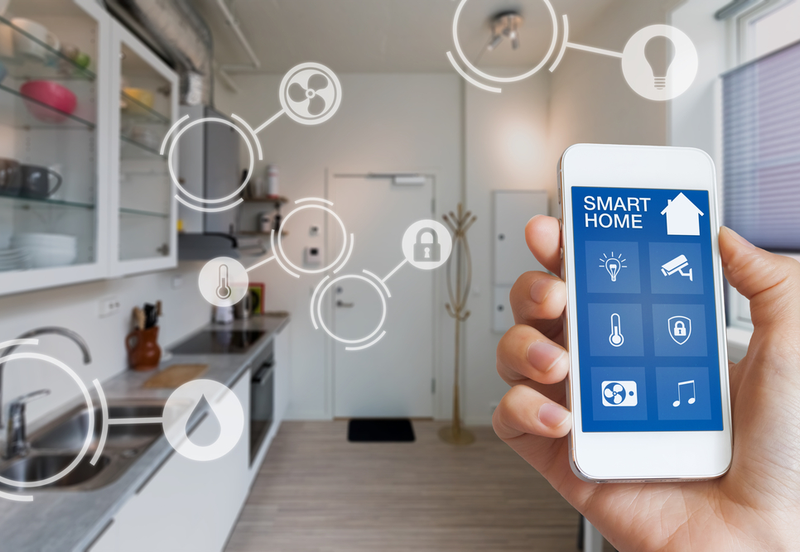3 Tech-Related Resources to Help Older Adults Combat Loneliness
As people grow older, it is common for them to experience medical conditions that accompany aging. Over time, adults may find that their eyesight is a little weaker, their joints are more swollen than usual, or they begin to misplace objects more frequently than before. Fortunately, these experiences are all normal parts of aging, and can be prepared for with the right help and resources.
What many older adults don’t realize however, is that caring for their emotional health can be just as important to maintaining their overall wellbeing. According to a U.S. Health and Retirement study, 43 percent of Americans aged 60 and older reported feeling lonely, while a report from the National Academies of Sciences, Engineering, and Medicine found that nearly “one-fourth of adults aged 65 and older are considered to be socially isolated.”
Despite being related, loneliness and social isolation are not the same. Loneliness is a person’s subjective feelings toward their perceived lack of belonging and companionship. Social isolation is objective and is measured by factors such as the size of their social network, how frequently they communicate with members in their network, and more. For seniors and older adults, both loneliness and social isolation have been recognized as important public health issues, as they can lead to an increased risk for health problems such as heart disease, depression, and dementia, and stroke.
Overcoming social isolation and loneliness is not an easy task — especially during a global pandemic. With federal and state recommendations of social distancing and self-isolation, many older adults have been unable to see their friends and family this past year. Even with the rising number of vaccinations around the world, many seniors may not be ready to return back to pre-COVID world, making isolation and its health consequences a difficult problem to solve. Luckily, in today’s digital age, technology offers a powerful solution to help seniors feel less alone and detached from others. If you or your loved one is looking for better ways to connect with friends, family, and others, consider these 3 tech-related resources to help adults combat loneliness and social isolation:
Continue reading














